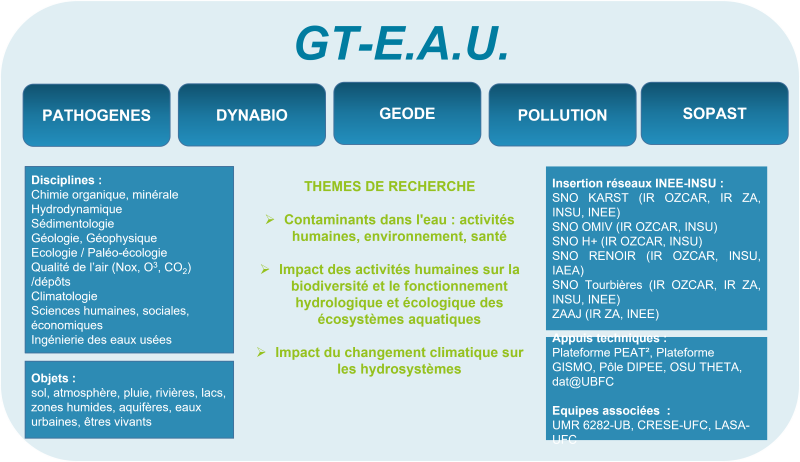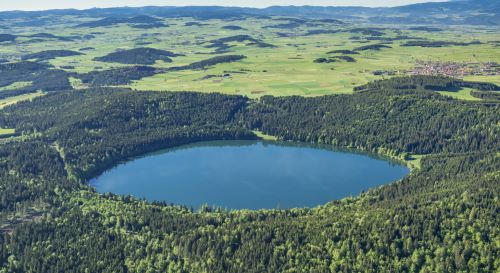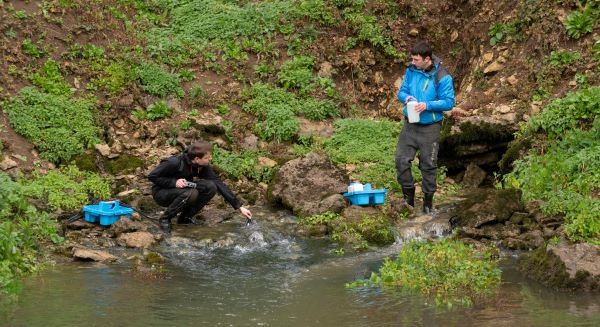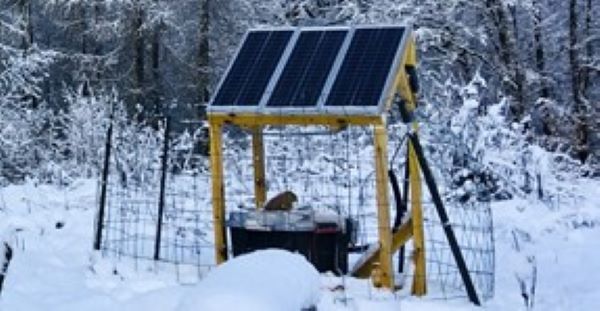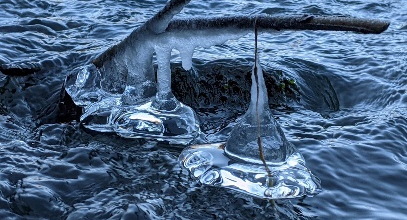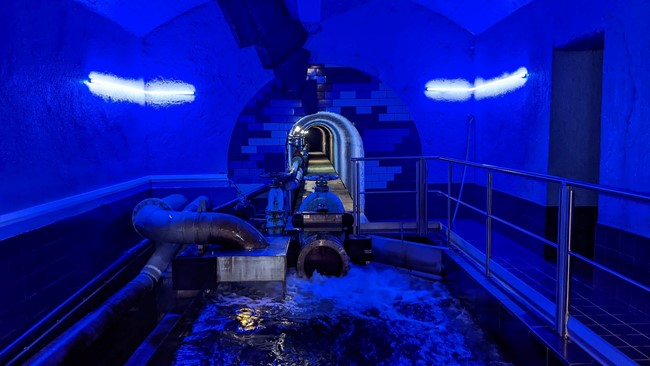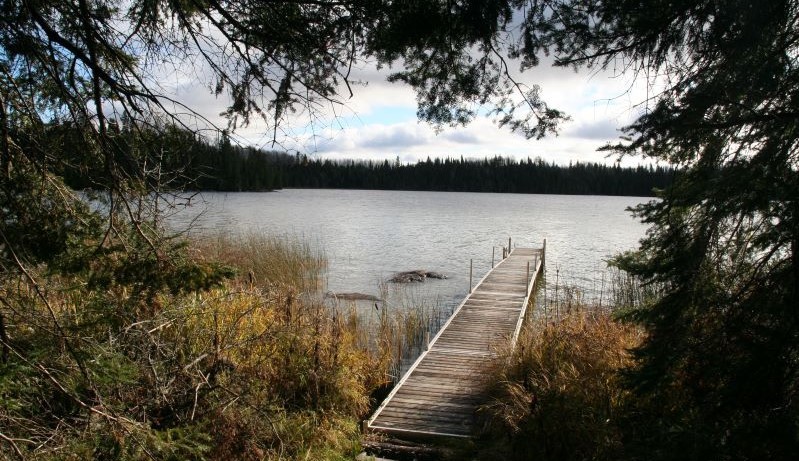Water
GT EAU – WG WATER – Aquatic ecosystems and uses
Context: what water for tomorrow?
Pollution
Emerging chemical or microbiological contaminants pose new threats to water quality and the health of ecosystems and human populations. It is therefore necessary to maintain and/or rehabilitate hydrosystems to ensure the supply of high-quality water that meets the needs of society, while guaranteeing the health of the natural environment.
Goals
The objective of the Water Working Group is therefore to understand how human activities and climate change affect the hydrological and ecological functioning of aquatic systems, from both quantitative and qualitative points of view from different disciplinary perspectives.
This research must combine knowledge in ecology (bioindication, trophic functions, carbon cycling, paleolimnology), earth sciences (pedology, geology, hydrology and hydrogeology, geochemistry, geophysics), geography, human, social and economic sciences, and technology.
They must be conducted at different spatial and temporal scales, initiating long-term monitoring and the study of past environments. These studies must also be useful for public decision-making and be based not only on a simple logic of knowledge transfer, but on genuine consultation and collaboration between managers and scientists.
Organisation
The WG Water is based on the technical platforms PEA²T of UMR 6249 and GISMO of UMR 6282, on OSU THETA, and on the poles DIPEE and SV2TEA, important actors of the UBFC scientific policy, especially in the field of water.
It is part of the national research infrastructures OZCAR (Critical Zone Observatory: Applications and Research, INSU, SNO Karst, SNO OMIV, SNO H+, SNO RENOIR, SNO Tourbières) and ZA (Workshop Zones, INEE, Workshop Zone the Jura Arc) and European eLTER (Long Term Ecosystem Research in Europe). From a numerical point of view, the GT UAE will mobilize the atmospheric simulation center of UMR 5561; the banking of data from projects developed in the framework of the GT UAE will be ensured by data@osu.
Coordinators of the working group: Hélène Celle and Hélène Masclaux.
Current projects
AUVERWATCH
AUVERWATCH is a network monitoring network for Auvergne’s water bodies since 2014.
TRANSKARST
Transdisciplinary research on karstic waters.
SISMEAUCLIM
Hydro-SISMology, an innovative approach to studying underground WATER reservoirs subjected to extreme CLIMATE phenomena.
SENSAAS
Projet Inter-axes I-SITE
SENSors and Analyses for AquiferS.
.
VOLVIC SHARE
The aim of this research project is to specify the water circulation model in the Volvic basin in a context where the question of water use is becoming increasingly important.
DEEP-C
The aim of this project is to gain a better understanding of the environmental, biological and socio-economic parameters and processes that control the fate of carbon in water bodies.




